SBOS054C January 1995 – August 2024 OPA132 , OPA2132 , OPA4132
PRODUCTION DATA
- 1
- 1 Features
- 2 Applications
- 3 Description
- 4 Pin Configuration and Functions
- 5 Specifications
- 6 Detailed Description
- 7 Application and Implementation
- 8 Device and Documentation Support
- 9 Revision History
- 10Mechanical, Packaging, and Orderable Information
Package Options
Refer to the PDF data sheet for device specific package drawings
Mechanical Data (Package|Pins)
- D|14
Thermal pad, mechanical data (Package|Pins)
Orderable Information
5.8 Typical Characteristics
at TA = 25°C, VS = ±15V, RL = 2kΩ connected to midsupply, and VCM = VOUT = midsupply (unless otherwise noted)
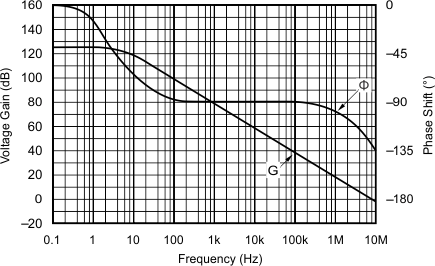
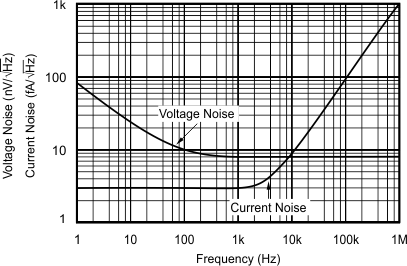
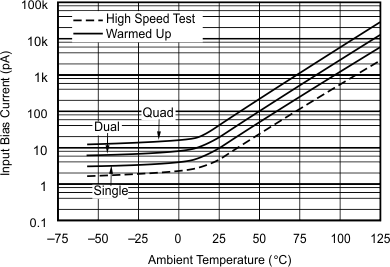
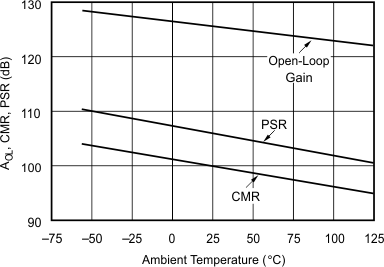
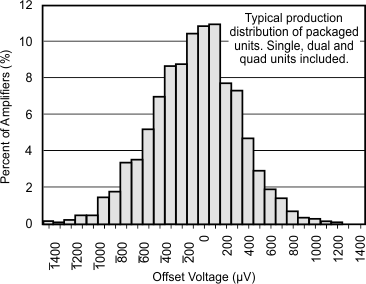
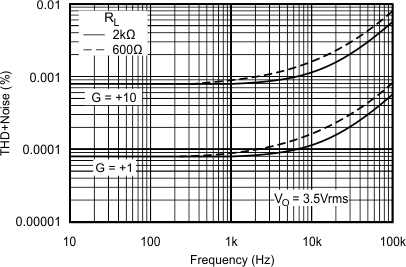
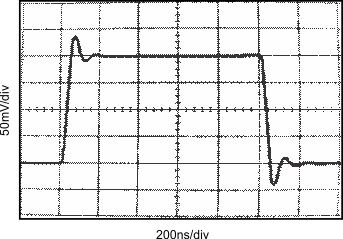
| G = 1 | CL = 100pF |
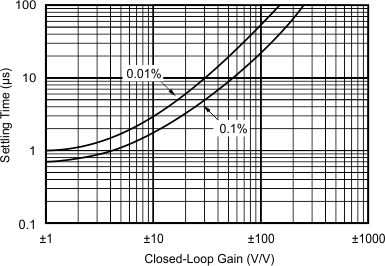

| G = +1 |
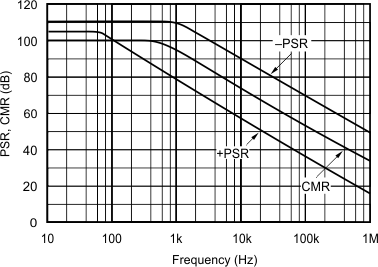
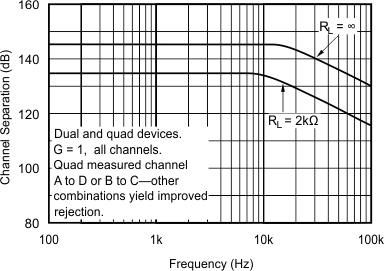
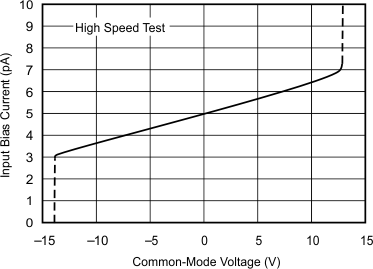
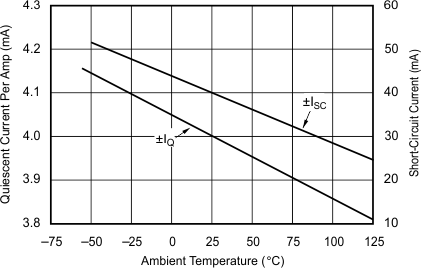
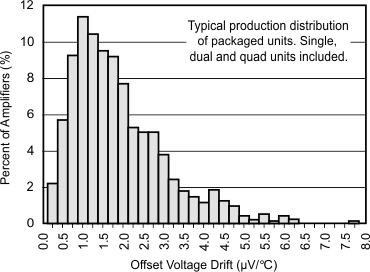
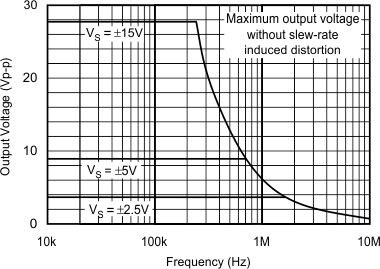
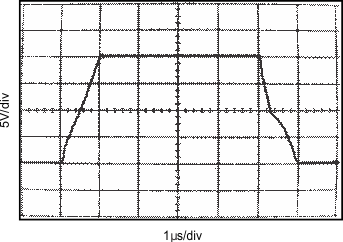
| G = 1 | CL = 100pF |

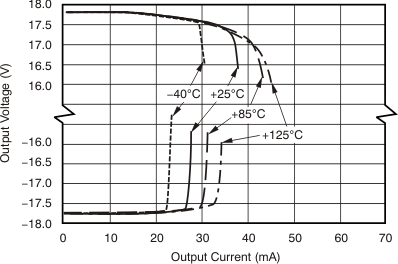
| G = –1 |